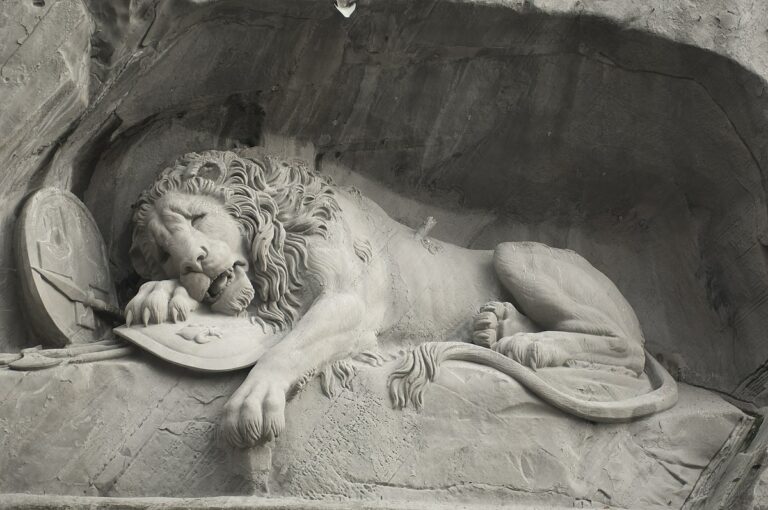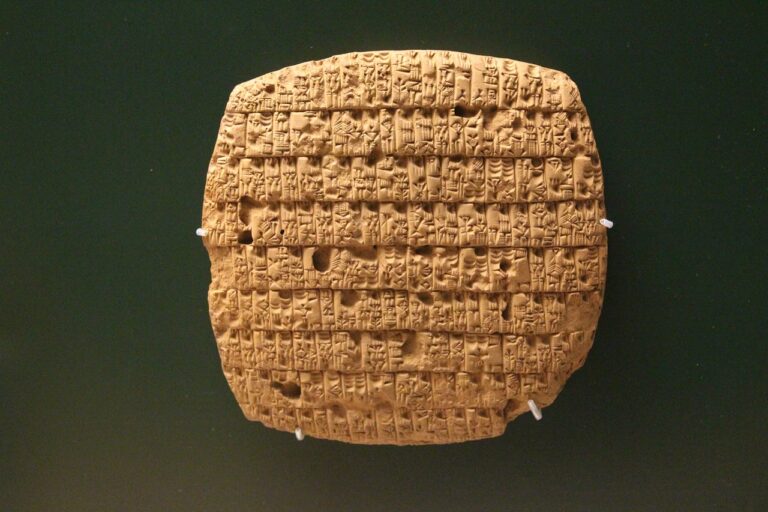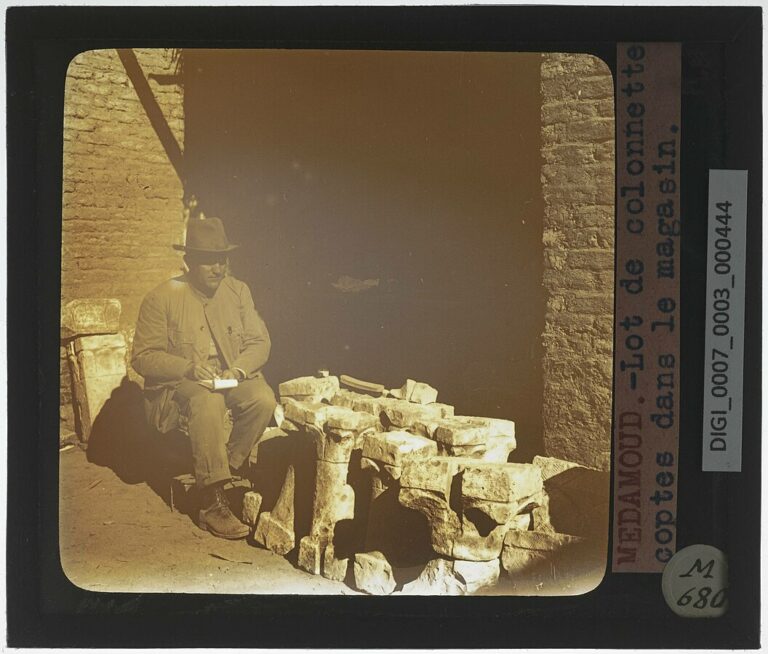Dubrovnik: The Pearl of the Adriatic
A Dive into Dubrovnik’s Rich History and Archaeology
Nestled along the stunning Dalmatian coast of Croatia, Dubrovnik, often referred to as the “Pearl of the Adriatic,” offers a mesmerizing blend of natural beauty and historic significance. Its marbled streets, baroque buildings, and ancient walls tell a tale spanning centuries. Let us journey through the annals of time and unearth the secrets of Dubrovnik’s past.
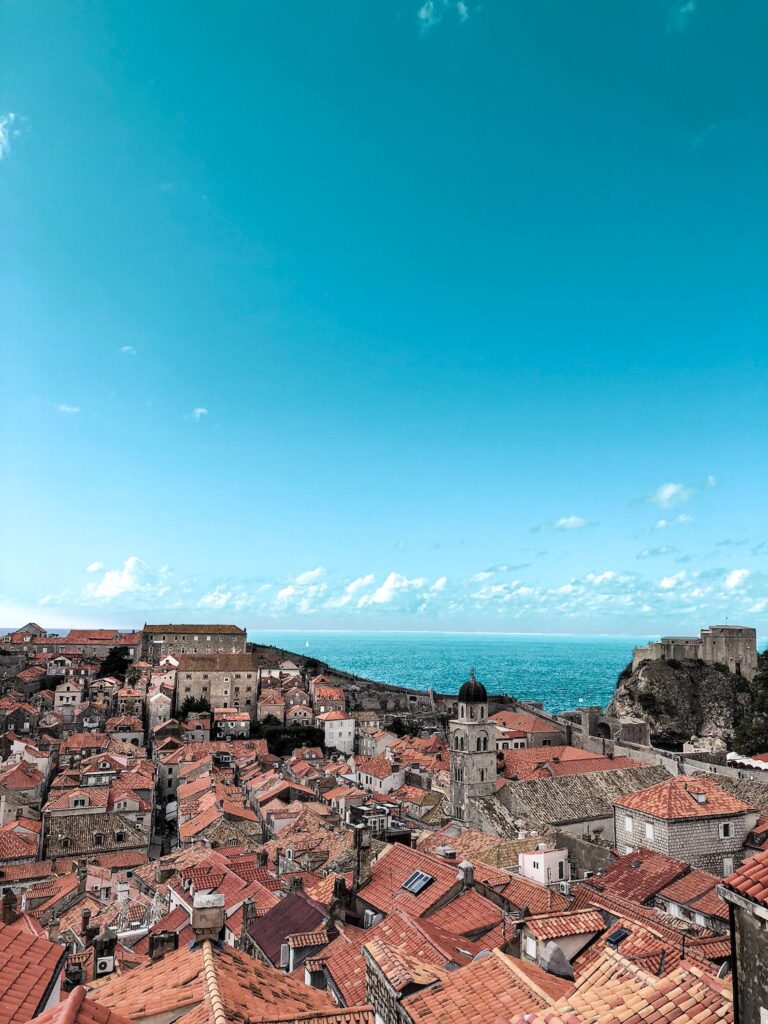
The Ancient Beginnings
The roots of Dubrovnik’s history can be traced back to a time when it was known as Ragusium. However, before even this, there was the Greek settlement of Epidaurus nearby. Evidence suggests that after the invasion of the Celts and subsequent destruction of Epidaurus in the 3rd century BC, its residents fled and founded Ragusium.
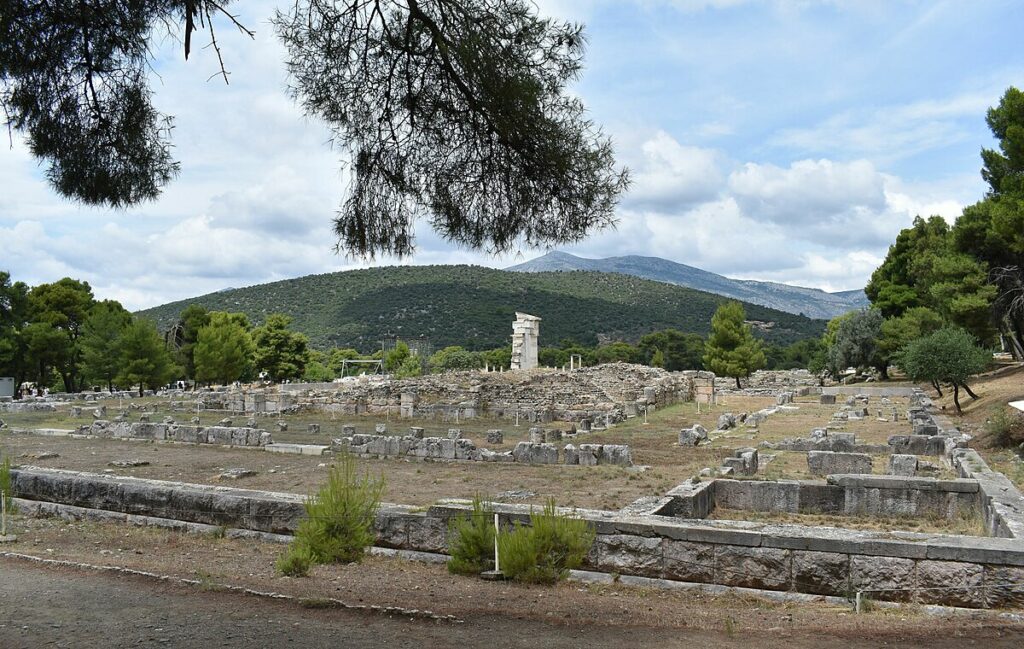
The Roman Era
As the Roman Empire expanded, Ragusium fell under its influence. The city, while not a major metropolis, served as a crucial trading port, bridging the eastern and western parts of the empire. Numerous archaeological finds, including remnants of Roman villas and sculptures, are evidence of its importance during this period.
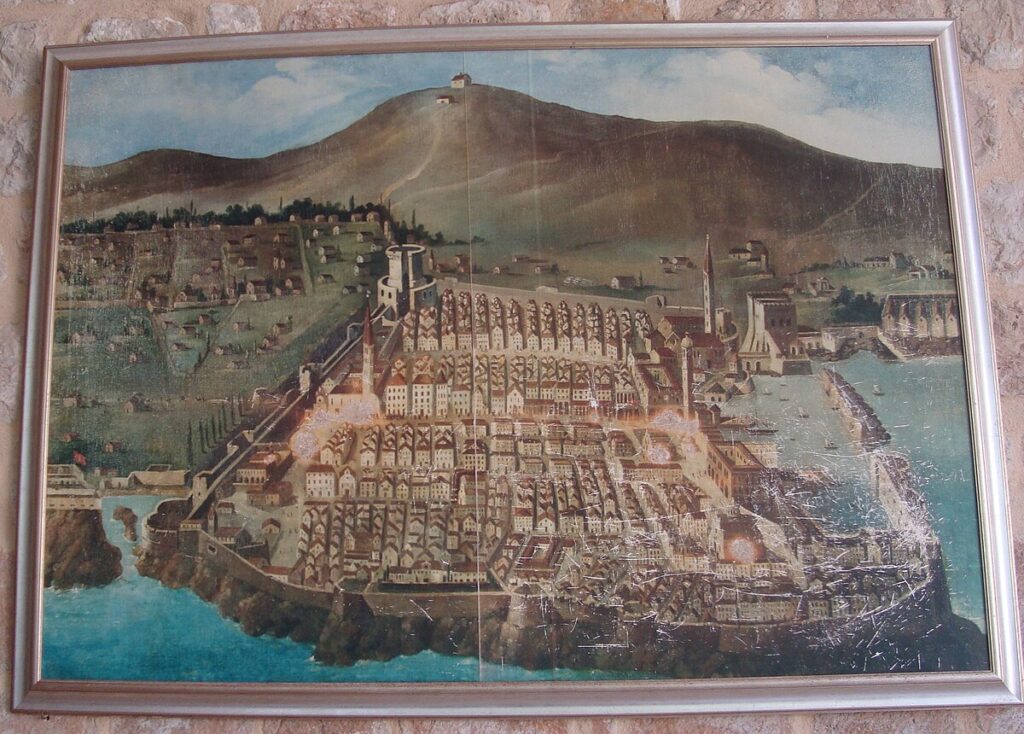
Byzantine Period & Slavic Settlement
After the fall of the Western Roman Empire, Ragusium came under Byzantine rule. During the 7th century AD, Slavic peoples migrated to the region. While initially there were conflicts, over time, the Latinized Illyrians, who were the original inhabitants of Ragusium, and the Slavs began to live in harmony, creating a unique blend of cultures.

The Independent Republic of Ragusa
From the 14th to the 19th century, Dubrovnik, then known as the Republic of Ragusa, enjoyed an unprecedented era of independence and prosperity. The city was a formidable rival to Venice, establishing itself as a hub for trade, diplomacy, and maritime affairs. The Republic’s motto, “Libertas,” meaning freedom, can still be seen on the city’s emblem today. This period saw the construction of many of Dubrovnik’s iconic architectural gems, like the Sponza Palace and Rector’s Palace.
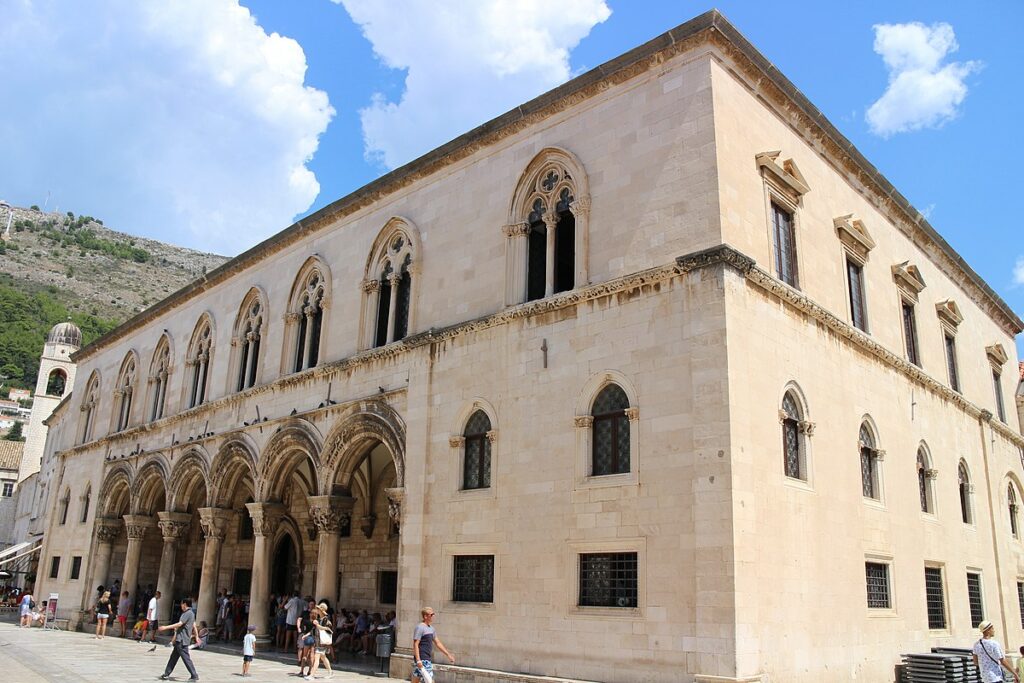
Notable Archaeological Finds
Dubrovnik’s rich archaeological tapestry provides insight into its diverse past:
- Early Christian Basilica: Located beneath the Cathedral of the Assumption, the remnants of this 7th-century basilica are a testament to early Christian influence in the region.
- Revelin Fortress: An impressive 16th-century fortress, built to bolster the city’s defenses against the Ottoman Empire.
- Ancient Shipwrecks: Numerous ancient shipwrecks discovered around Dubrovnik’s waters speak of its significance as a maritime city. Artefacts retrieved include pottery, coins, and navigational tools.
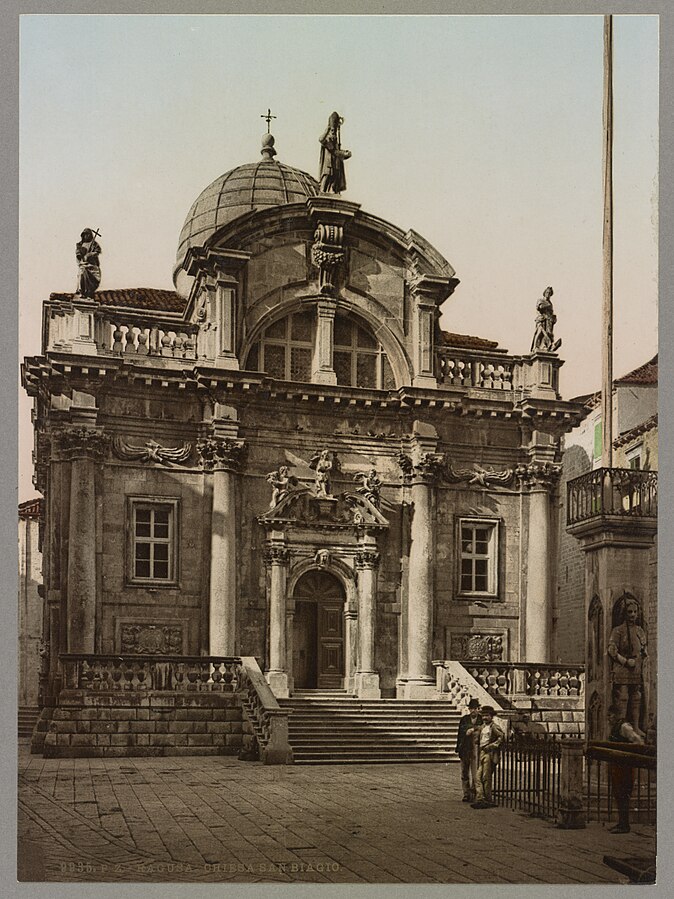
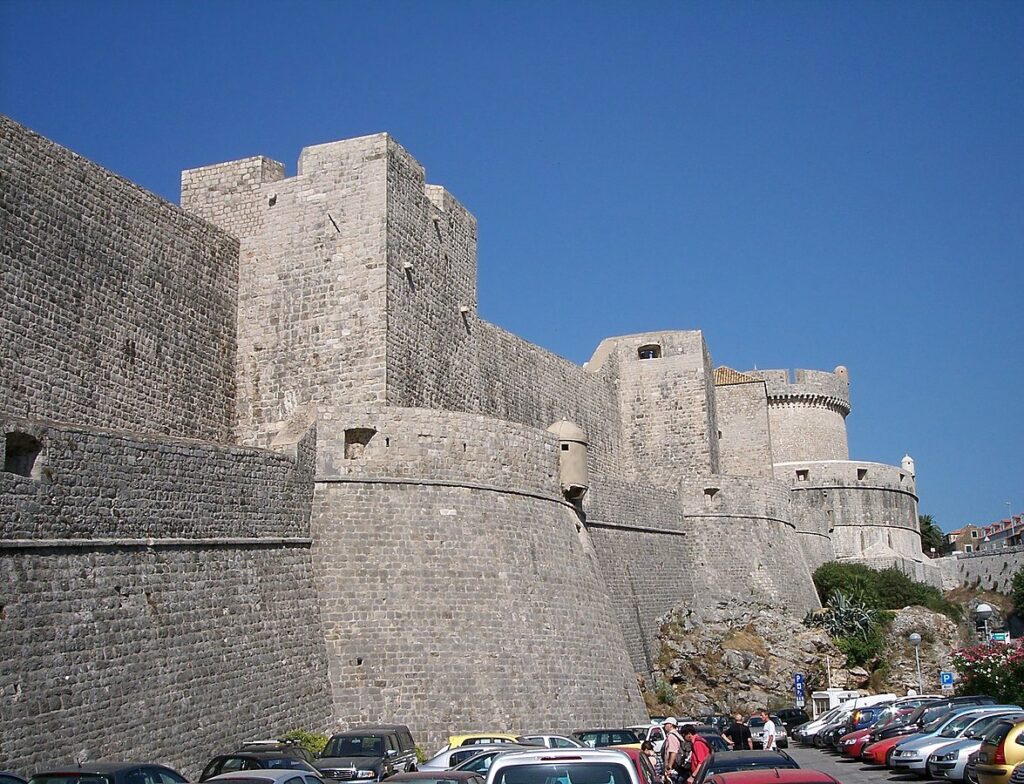
The Modern Era and Restoration
Dubrovnik’s historic core faced a significant challenge during the 1991 Siege of Dubrovnik. Parts of its heritage were damaged, but thanks to meticulous restoration efforts, the city has managed to reclaim its past glory. Today, Dubrovnik stands as a UNESCO World Heritage Site and is a living testament to the resilience of its structures and its people.
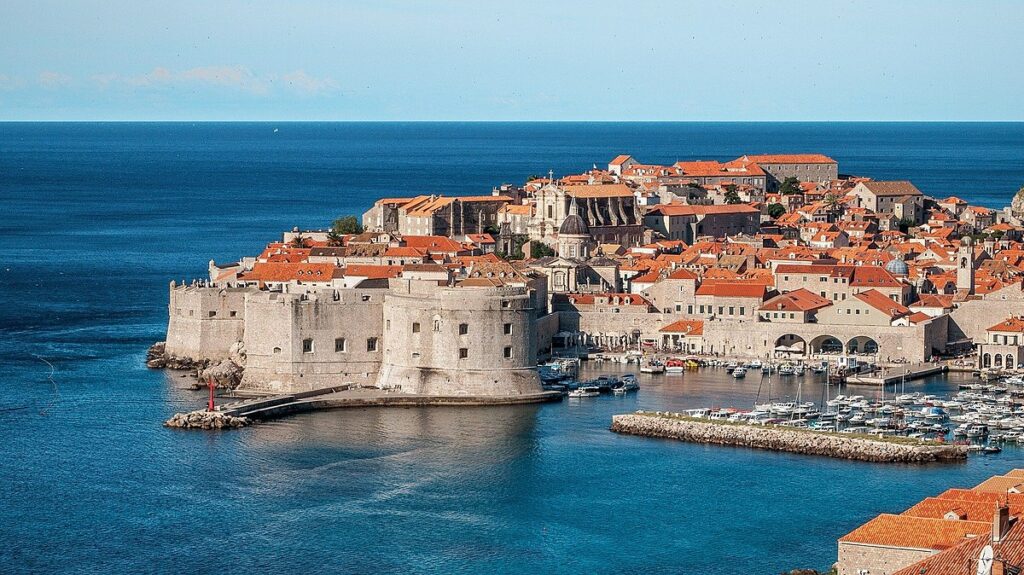
The Lure of Dubrovnik Today
Beyond its walls, Dubrovnik’s history and archaeology continue to captivate scholars, history enthusiasts, and travelers. It’s not just a city; it’s a time capsule. The recent popularity of shows like Game of Thrones has further spotlighted the city, drawing fans from around the world to its iconic filming locations.
Dubrovnik’s tale is one of resilience, evolution, and enduring beauty. Its streets resonate with tales of ancient settlers, maritime explorers, and innovative thinkers. As we delve into its archaeological treasures and walk its ramparts, we’re not just observing stone and mortar; we’re stepping into a narrative that has shaped the course of European history.
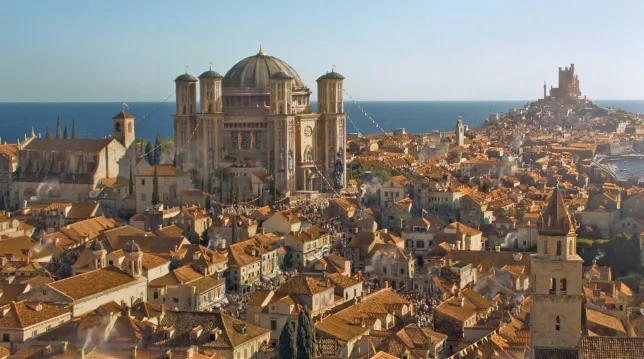
More info
“Fun Fact: Did you know that Dubrovnik’s medieval walls are so well-preserved that they’ve never been breached by a hostile army? This impressive fortification, which encircles the city, stretches approximately 2 kilometers and has been standing tall since the 7th century!”
Loved the article? Dive deeper into Dubrovnik’s wonders or explore global archaeological marvels using our interactive map. Click the button below to begin your journey!


